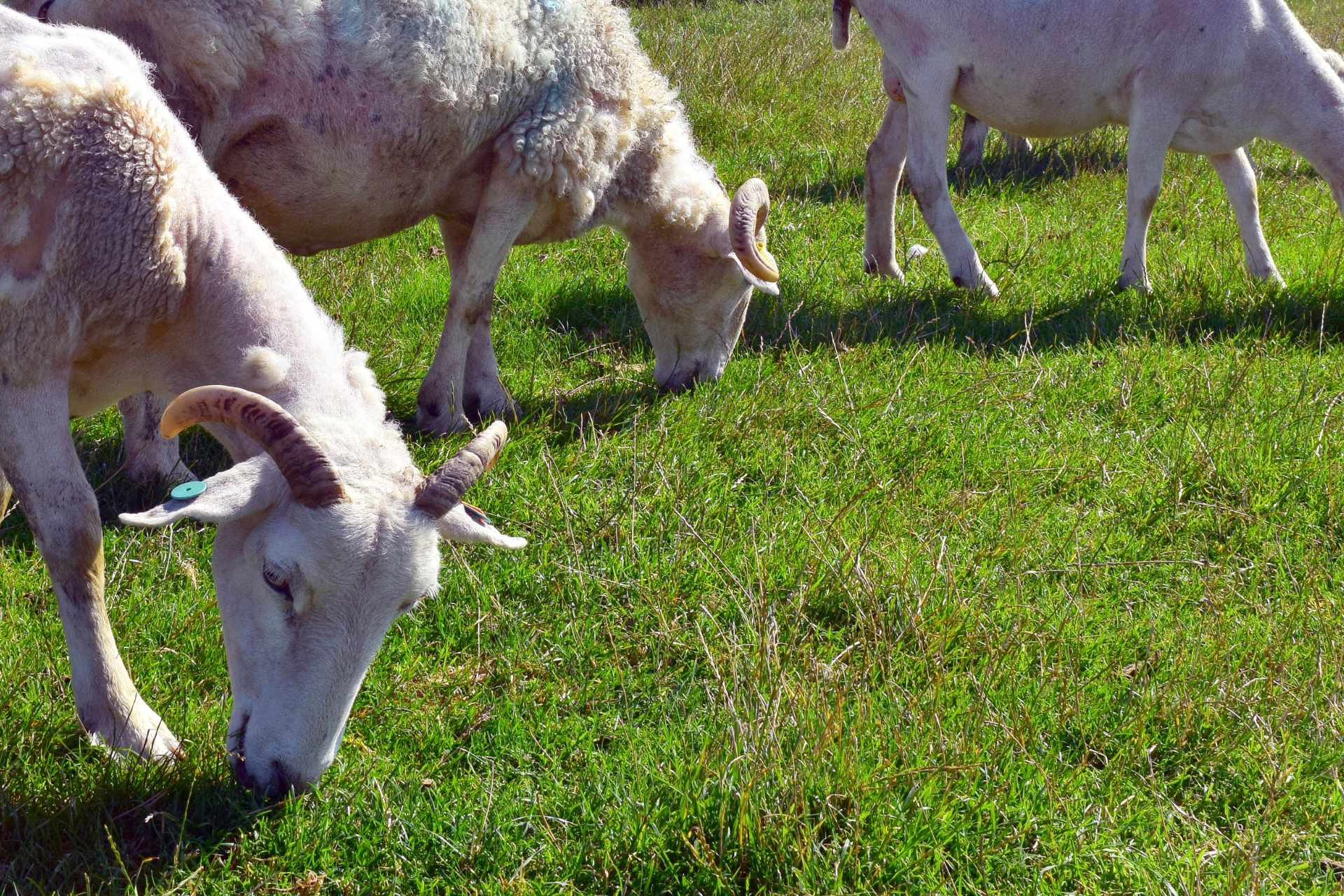Not very many people are capable of scaling rock faces, and none are able to properly digest the diets of ruminant animals – range grasses, small woody stalks, underdeveloped trees – which makes those animals perfect for wildfire suppression efforts.
Earlier this year, the city of Sacramento deployed nearly 1,000 goats to help graze just over 200 acres of land near Natomas. The goats are the ultimate off-road grass trimmers. In addition to their work as grass trimmers, they are firefighters that offer another resource to mitigate the worst of wildfire season.
Livestock grazing has often been noted by the agricultural community as a means by which to mitigate wildfire concerns. Research from Idaho State University supports the assertion, with areas that were regularly grazed by livestock having an average of 16 years with no incidence of wildfire reported.
In recent years, California has recorded some of the most catastrophic wildfires in the United States, including the 2020 August Complex Wildfire and the 2021 Dixie Wildfire which burned a combined 1.99 million acres, 2,264 structures, and caused two deaths. While the biggest factor in wildfire ignition is often “human carelessness,” the spread of wildfires comes down to three factors: fuel, weather, and topography.
Beyond minimizing human negligence, people can only control one factor in combating the spread of wildfires: fuels. Fuel reduction can be done in several ways but with an ever-more climate-conscious populous, the use of ruminants is both better for the environment and for the animals themselves.
Which is where grazing programs like the one being utilized by the city of Sacramento come in. But small ruminants do more than just minimize wildfire fuels on the ground. It is a mutually beneficial system for both wildfire prevention and animal husbandry.
The ideal distribution of small ruminants is 6-8 animals per acre of land rotated between grazing areas approximately every five days to ensure the health of the vegetation and the other animals that live in the area. In addition to grazing on the grass and low shrubs available, small ruminants will graze down the understory, or small limbs, of trees that are within their reach, minimizing the need for firefighters to return for additional pruning.
While the primary focus is on grazing and fire mitigation, the use of small ruminants on the landscape also encourages soil turn over, retention of habitat for native species, redistribution of seeds, and manure deposits to enrich the soil.
The University of California notes that well-managed grazing reduces future fire fuel loads, provides regular revenue, creates standardized management to meet resource goals, increases local food production, and provides grazing land to local ranchers.
Wildfires have been a part of the landscape of the West for generations. However, as their frequency and intensity have increased over the years, it is incumbent upon us to figure out how to minimize the damage they inflict. The single best means of keeping the damage of wildfire as minimal as possible is to preemptively combat wildfires with the only weapons available to us: ingenuity and determination.
A great place to start is by turning as many goats as possible out to graze on the nearest parcel of land that looks like it might be ripe for a wildfire when the time comes.

